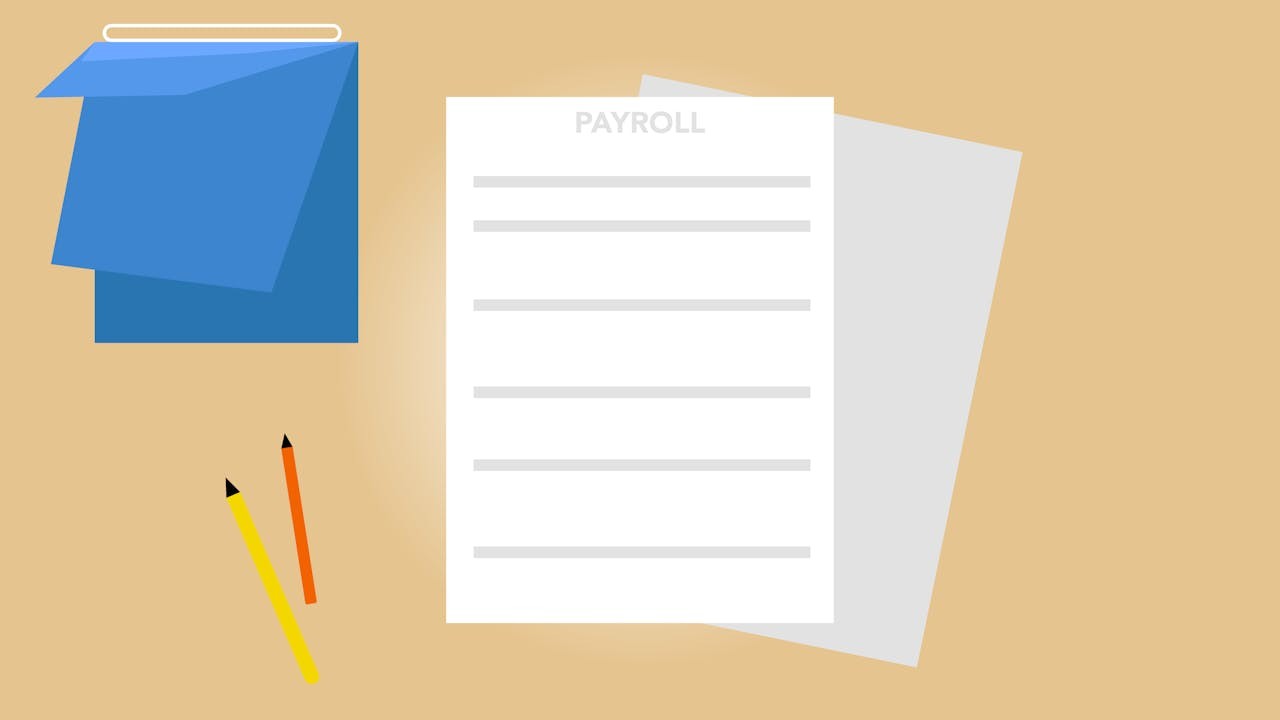Managed Payroll Service & Auto Enrolment for Pensions
Get peace of mind with a professional payroll service
We can support you with payroll and pensions
Payroll and Pensions FAQ
What is auto enrolment?
The government introduced Automatic Enrolment or Auto Enrolment as part of the Pensions Act 2008. The initiative was brought in to address the high number of British workers with very little savings for their retirement. The new workplace pension law was brought in between 2012-2018, and as of 2018, all companies, regardless of their size, must adhere to the Auto Enrolment rules which mean that all eligible employees must be enrolled in a workplace pension scheme.
How is payroll calculated?
Having a clear understanding of the steps involved with payroll will ensure you are compliant. Whether you’re trying to establish a better payroll for your business or you’re new to payroll or HR.
How an employee is paid should be detailed in their contract of employment, setting out their pay details, when and how they will be paid, overtime or TOIL arrangements, on call payments, sickness pay and holiday entitlement plus any contractual benefits. Any allowable deductions from pay should be in the contract too.
- Collect employee information: Collect employee information on a new starter form or through an online tool such as The HR Dept Toolkit. New employees should provide a P45 from their previous employment.
- Gather timesheet data: Where timesheets are used, ensure the cut off date gives you time to process the claims.
- Calculate net pay.
- Process payroll and distribute payslips: Process salaries on the pay day. All employees are entitled to a written payslip detailing all pay and deductions.
- Maintain payroll records: These must be kept for a minimum of three years.
Is it compulsory to pay into a workplace pension?
By law, all employers must enrol employees into a pension scheme. The employer, employee and the government will all pay into this scheme. If employees are eligible for automatic enrolment, employers must automatically enrol employees into a pension scheme and make contributions to that pension. If employers don’t have to enrol by law by not earning the compulsory threshold amount, employees can still join the pension scheme — employers cannot refuse.
As an employer, do I have to match the employee contribution?
It’s a common misconception that employers must match the employee contribution. Currently employees must contribute 5% and employers 3%.
What is the difference between payroll and PAYE?
People get confused between payroll and PAYE. They have some very distinct differences and should never be used interchangeably.
All people who work for the business as a worker or employee are entered onto the payroll system. This record is provided to HMRC. Only the truly self-employed are not on the system and invoice the company for the work they do.
PAYE stands for Pay As You Earn. This refers to the income tax that is deducted from an employee’s salary before they receive it. PAYE also involves HMRC and the pension provider, who deduct the tax using ‘PAYE Codes’.
What is a typical payroll cycle?
In the UK, the typical payroll cycle is monthly. This means an employee will receive a payslip every month — often on the last day of the month — and a total of 12 payslips a year.
While monthly is the most popular in the UK, there are three other payroll cycles: weekly, bi-weekly and semi-monthly. To make it clear, these result in a payslip once a week, once every two weeks, and twice a month respectively. Not every business is the same, so it’s wise to research the pros and cons of each one before making a decision.
What is a payroll management system?
Simply put, a payroll management system calculates how much money you owe your employees and how much you owe HMRC and the pension company. As well as wages, it helps you comply with tax and legal requirements. It also helps with reporting, which can take employers a lot of time to do manually. If your business has one or more employees, you should have a payroll system in place to ensure efficient and effective payroll.
Can I prepare payroll for my employees?
Preparing payroll is not an easy task, and many things can go wrong if you’re not qualified or completely comfortable with how it works. If you run a small business (or if you’re tax savvy), it is possible to prepare payroll, so long as you follow the correct steps.
Outsourcing your payroll can save time and money, if you’d like more information contact us today.
Do you need support with payroll or pensions?
Related Content

Related Services

Contracts and Handbooks

Employee Benefits

Performance and Appraisals
Preventing People Problems
Subscribe to our monthly newsletter
Office Address: CENTRAL OFFICE, The HR Dept. Ltd, First Floor, 3 Brook Office Park, Emersons Green, Bristol, BS16 7FL | VAT Number: GB821928327 | Registration Number: 04479417
Copyright © 2007 - 2025 The HR Dept Ltd. HR DEPT is a registered trademark belonging to The HR Dept Limited.



